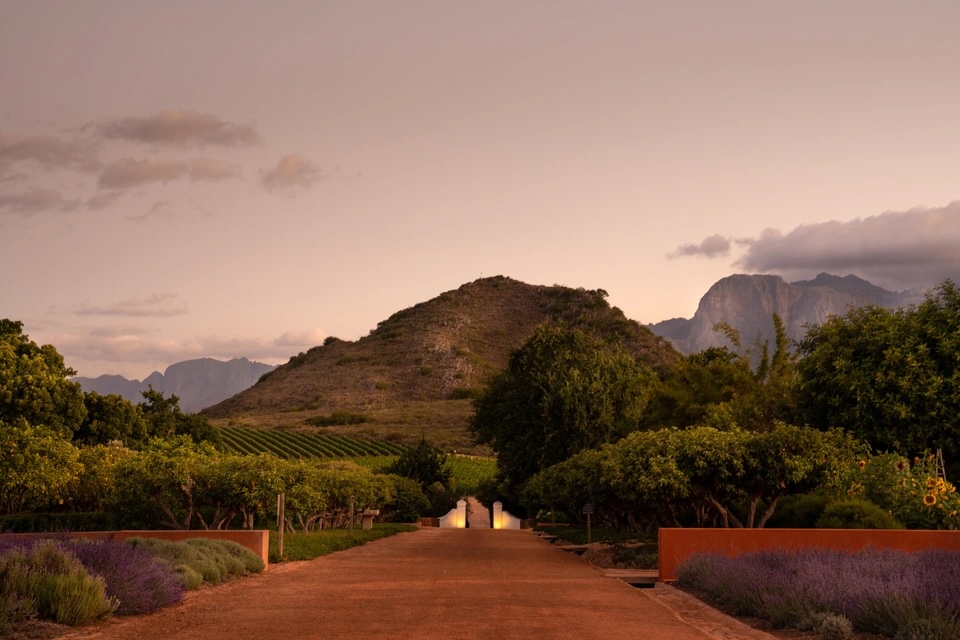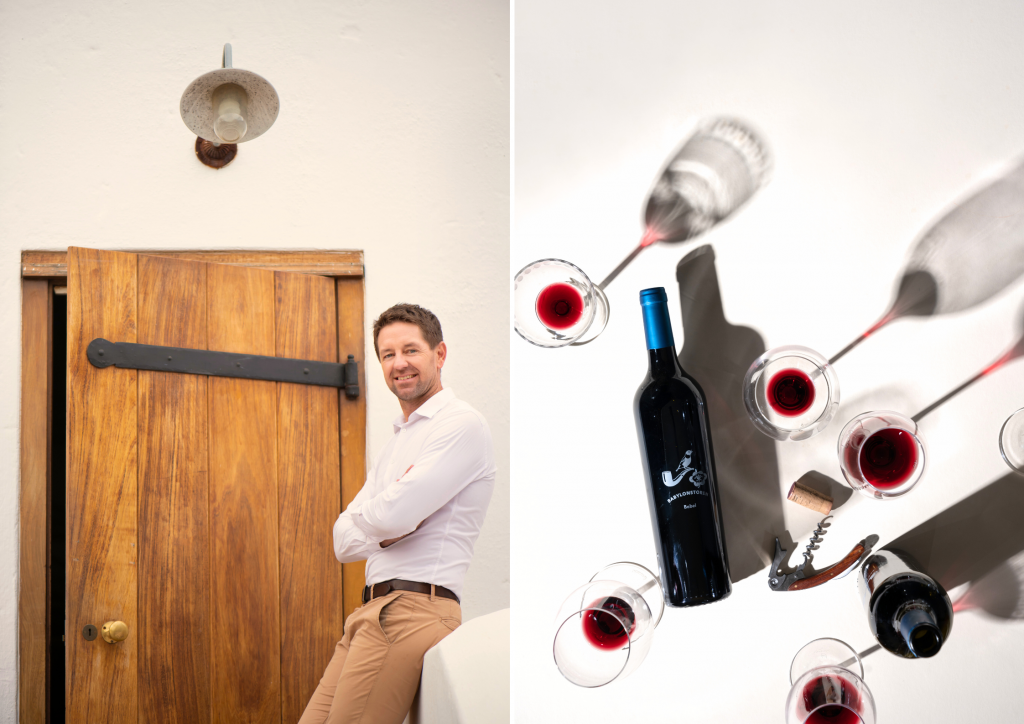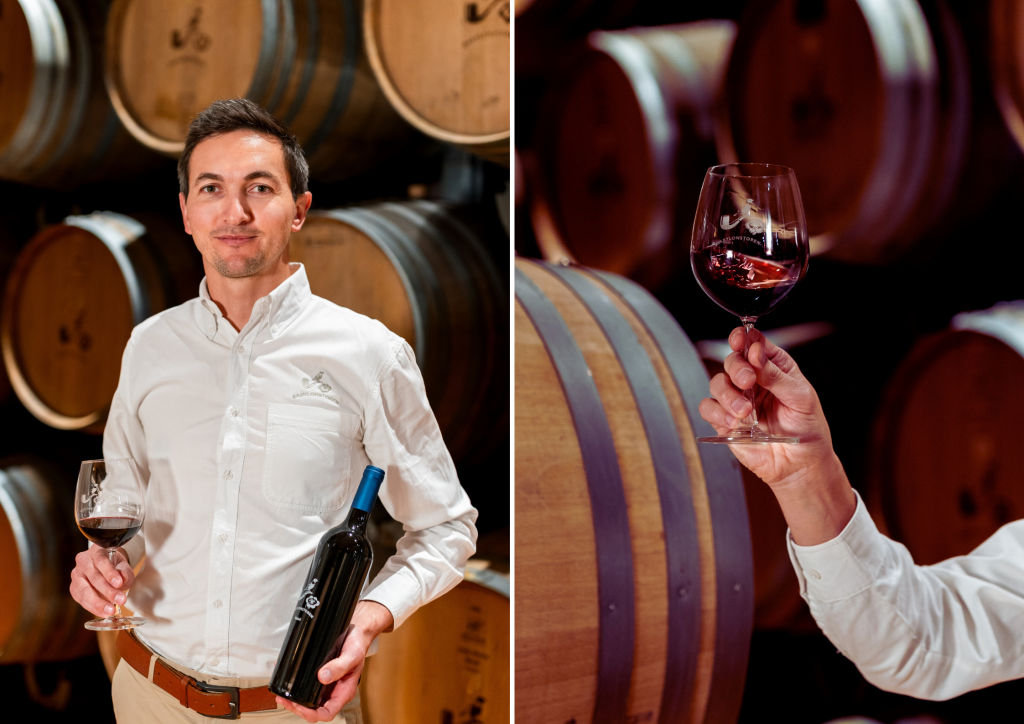
Restaurants
Spa
Day Visits
Shop
Functions
16°C
August 3rd, 2024
Before the name, there was an idea.
It was the year 2011 and the cellar team wanted to create a red blend that would represent Babylonstoren in a bottle. But not in a fancy flagship way – because that would be Nebukadnesar (our Bordeaux blend recently enjoyed by South African elites at President Ramaphosa’s inauguration).

Unlike the biblical tower of Babel, our Babel has no intention of touching the sky. If anything, Babel digs deep to grab hold of its roots, and to hero the building blocks of our red wine vineyards. It’s about capturing the diverse ways our sun, soil, people and vines find expression in the red cultivars grown at Babylonstoren. Cellar master Charl Coetzee has happy memories of how this convivial wine came about.

Strength in diversity
“Babel consists of seven varieties, namely shiraz, cabernet sauvignon, merlot, cabernet franc, malbec, petit verdot and pinotage. Shiraz is the largest component of the seven – between 30% and 50%, depending on the vintage. Now, if the blend has seven varieties, at an average of five blocks per variety, that gives you 35 different blocks. We also don’t pick each block in one go; we usually do three different picks per block, giving a total of 105 different components that are picked and made separately. In the end, they are also tasted independently to select the components for the final blend,” says Charl.

“To make this decision, we do several allocation tastings throughout the year. Every individual component is tasted to determine if it will be used for our Nebukadnesar, Shiraz, Cabernet Sauvignon or Babel. Not only do we taste and allocate roughly 105 components, but we also make up different blend options that must be tasted against each other, to choose the best one. Overall, we easily taste about 120 plus components in a matter of two hours.”
Babble on …
Professional tasters aren’t supposed to swallow. Even when they do not, the collective mouthfeel of tasting one wine per minute for 120 minutes straight is … well, best left to the pros. “At the end that first tasting, we realised were all speaking a different language, but we still understood each other!”
They decided to name the wine Babel, as their enthusiastic chatter resembled the linguistic confusion at the tower of Babel in Babylon. Also, because the farm restaurant was named Babel. Lastly, the wine represents Babylonstoren in a bottle and is the closest thing we have to a “house blend”. Or farm blend, if you will.
Smooth operator
Babel pairs very well with oxtail, lamb chops or boerewors and, according to Charl, almost the best with dark chocolate. It is the farm’s top-selling red wine, with four times the production volume of any red produced at Babylonstoren. This is hardly surprising, as the wine has beautiful freshness on the palate, with juicy, succulent black and red fruit underpinned by judicious use of French oak. It’s moreish without being over-easy, and impressive, though never intimidating.

Winemaker Klaas Stoffberg calls it the yin-yang effect: a serious wine that is also playful. “I like to describe it as the coming together of Rhône (shiraz), Bordeaux (cab sauvignon, cab franc, merlot, malbec, petit verdot) and South Africa (pinotage) in a bottle.”
Its ever-increasing stature as an international “household brand” proves that Babel is hitting all the right notes: structure, with bottom and top notes in all the right places. In short, a delicious wine that makes friends easily. And keeps them.